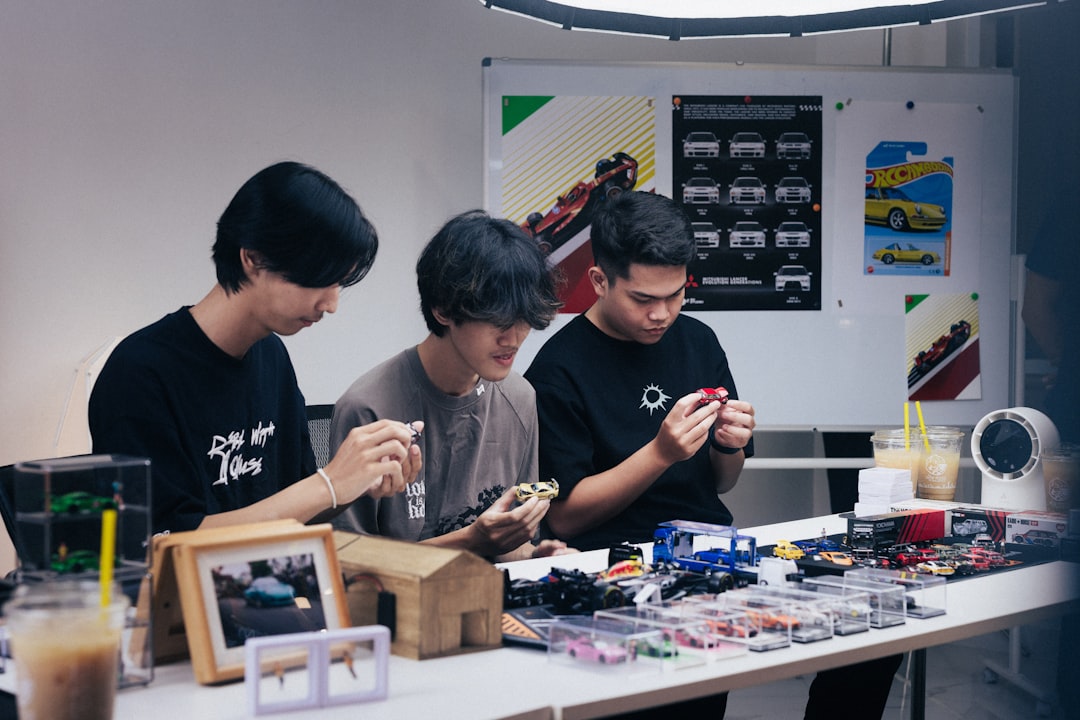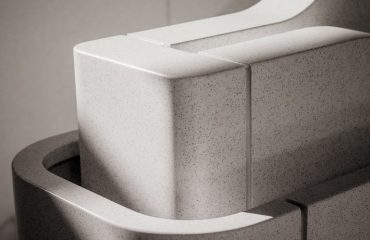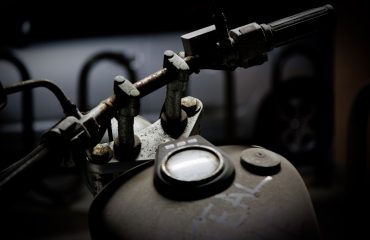Taking a product from a promising prototype to successful mass production is a significant hurdle for many businesses. It requires meticulous planning, careful execution, and a deep understanding of the manufacturing process. This comprehensive guide will navigate you through the key stages, helping you transform your innovative idea into a commercially viable reality.
1. Design for Manufacturing (DFM): Optimizing for Scalability
Before even considering mass production, your prototype needs a thorough DFM review. This crucial step involves analyzing your design for manufacturability, cost-effectiveness, and assembly efficiency. DFM experts identify potential issues early on, such as complex geometries that are difficult to produce, materials unsuitable for large-scale manufacturing, or assembly processes that are too time-consuming. This iterative process might require modifications to your prototype, but these changes are far less costly and time-consuming at this stage than later in the production process. Consider factors like material selection (considering availability and cost), tolerances (how precise dimensions need to be), and the overall complexity of the design. Simpler designs are generally easier and cheaper to manufacture in large quantities.
2. Tooling and Fixture Development: Preparing for High-Volume Production
Once your design is finalized and optimized for manufacturing, the next step is tooling and fixture development. This involves creating the specialized tools and equipment necessary for mass production. For example, injection molding requires custom molds, while machining operations need precise jigs and fixtures to ensure consistent quality. The cost of tooling can be substantial, so careful planning and selection of manufacturing processes are crucial. This phase also involves rigorous testing and validation to ensure the tools and fixtures can produce parts that meet the required specifications. Consider the longevity of the tools – will they be able to withstand the demands of mass production, or will they require frequent replacements? Choosing durable, high-quality tooling is an investment that pays off in the long run.
3. Supply Chain Management: Securing Reliable Resources
Efficient supply chain management is the backbone of successful mass production. This involves identifying and securing reliable suppliers for raw materials, components, and sub-assemblies. A robust supply chain ensures a consistent flow of materials to meet production demands. Consider factors such as supplier reliability, lead times, quality control measures, and pricing. Diversifying your supply chain can mitigate risks associated with single-source dependency. Developing strong relationships with key suppliers is crucial for effective communication, collaboration, and problem-solving. Implementing inventory management strategies to optimize stock levels and minimize waste is also vital for cost efficiency.
4. Quality Control and Assurance: Maintaining Consistent Standards
Maintaining consistent product quality throughout mass production is paramount. A robust quality control (QC) system is essential to identify and address defects early on. This involves implementing inspection procedures at various stages of the manufacturing process, from incoming materials to finished goods. Statistical process control (SPC) techniques can help monitor production processes and identify potential issues before they escalate. Implementing a quality management system, such as ISO 9001, demonstrates a commitment to quality and can enhance customer confidence. Regular audits and reviews of the QC system are necessary to ensure its effectiveness and identify areas for improvement. Remember that addressing quality issues early is far less expensive than dealing with large-scale recalls or customer dissatisfaction.
5. Scaling Up Production: Gradual Transition and Optimization
Scaling up production from a small-scale prototype run to mass production is a gradual process that requires careful planning and execution. It’s rarely a smooth, linear progression. Start with a pilot production run to test the entire process before committing to full-scale production. This allows for identifying and resolving any unforeseen issues, optimizing production parameters, and fine-tuning the supply chain. Monitor key performance indicators (KPIs) such as production output, defect rates, and cycle times to track progress and identify areas for improvement. Continuous improvement methodologies, such as Lean manufacturing and Six Sigma, can help optimize processes and reduce waste. Regularly review and adapt your strategy based on performance data and market feedback.
Successfully navigating the transition from prototype to mass production requires a multidisciplinary approach involving engineers, designers, procurement specialists, and quality control professionals. By carefully planning each stage and addressing potential challenges proactively, you can increase the likelihood of a smooth and successful launch of your product.
SEO Tags:
prototype, mass production, manufacturing process, design for manufacturing (DFM), supply chain management




